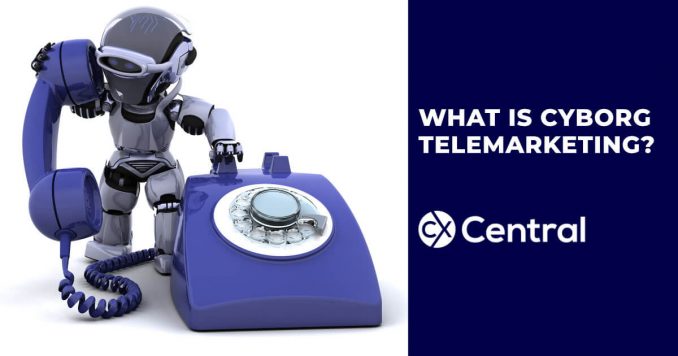
The facts about Cyborg Telemarketing
Cyborg Telemarketing is real and its already amongst us.
But just what is it?
This is a story about how the future gets weird.
It’s about how humans interact with each other, and machines, and systems that can only properly be called cyborg.
Let’s start, though, with a man sitting on a couch.
His phone rings.
It’s a telemarketer for a home security service.
“This is Richard, how are you today?” asks the telemarketer.
His voice is confident and happy. His accent is classic American. Perhaps he grew up in Nebraska.
Richard continues, “I’m just calling you with a very special offer. My company, the Home Security Company, is giving away a free wireless home security system and in-home installation.”
The man on the couch tries to claim he’s busy, but the telemarketer parries, “I know you’re busy, but this’ll just take a few minutes,” then soldiers on.
They go back and forth for several minutes before the telemarketer successfully pushes him down the sales funnel to a specialist who will set up an in-home visit.
Such conversations happen millions of times a year, but they are not what they appear.
How Cyborg Telemarketing works
Because while a human is picking up the phone, and a human is dialling the phone, this is not, strictly speaking, a conversation between two humans.
Instead, a call centre worker in Utah or the Philippines is pressing buttons on a computer, playing through a marketing pitch without actually speaking.
Some people who market these services sometimes call this “voice conversion” technology. Another company says it’s “agent-assisted automation technology.”
My own wordplay for it would be automatonation, after the great mechanical inventions of the 18th century that simulated complex processes through the artful combination of men and machines.
Semi-autonomous telemarketing connects nicely with the developments it parallels in the drone world.
“Ventriloquistic telemarketing” has a nice, multisyllabic ring, too.
But perhaps the best term is “cyborg telemarketing.”
As one experienced manager in the Philippines told me, “Basically, the agent is just the driver but the system has its own life. The agents work as ears and hands of the system.”
At its best, computer system and operator merge like a character from the movie Avatar and his or her steed.
Just one question remains though. How does this work in practice?
Next steps
Find suppliers who specialise in telemarketing services in our Business Directory.

Be the first to comment